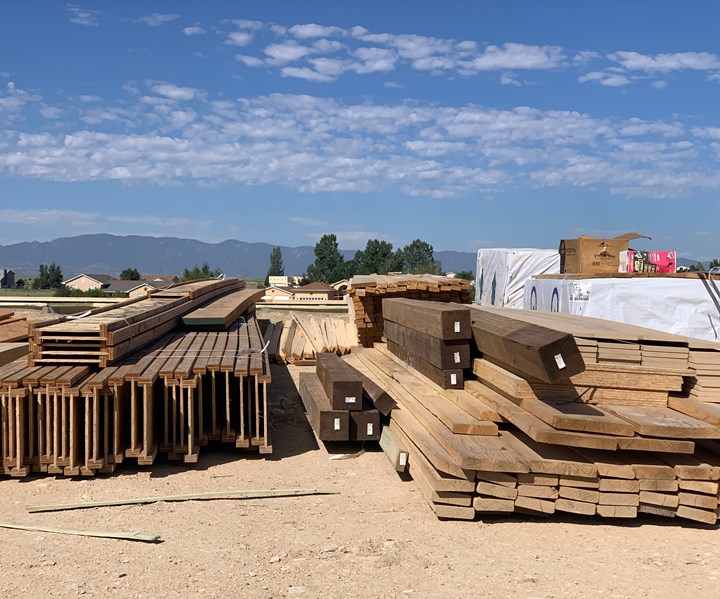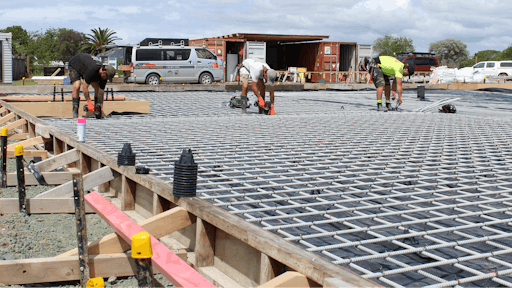The Advantages of Using Composites in Building And Construction Products
The Advantages of Using Composites in Building And Construction Products
Blog Article
Opening the Environmental Advantages of Recycled Compounds in Building and Layout
In the realm of building and style, the use of recycled composites holds considerable guarantee for improving sustainability methods and reducing ecological influence. The change in the direction of a much more sustainable future in these markets hinges on unlocking the full potential of recycled composites.

Environmental Impact Reduction
The decrease of ecological effect through the use of recycled compounds in building and construction and layout plays a crucial duty in lasting methods. By incorporating recycled composites right into building materials, the building and construction market can substantially reduce its carbon footprint and add to an extra environment-friendly future. These sustainable materials, made from repurposed plastics, timber fibers, or other recycled components, supply a practical alternative to typical building products without compromising on quality or longevity.
Recycled composites help draw away waste from garbage dumps and decrease the requirement for drawing out resources, thus saving natural deposits. In addition, the manufacturing procedure of these composites usually eats less power and discharges fewer greenhouse gases contrasted to producing virgin materials (composites). This change towards utilizing recycled compounds not only decreases environmental damage but likewise advertises a round economic climate by urging the reuse of materials that would certainly otherwise be thrown out
Waste Minimization
With a focus on minimizing waste in building and layout, the integration of recycled compounds supplies a sustainable remedy to reduce environmental effect. Waste reduction is an important facet of sustainable methods, and the usage of recycled compounds presents an opportunity to accomplish this objective effectively. By using products that have actually currently served their preliminary function, such as recycled plastics or redeemed timber fibers, the building and style sectors can significantly decrease the quantity of waste generated and sent to garbage dumps.
Recycled composites have the potential to divert substantial amounts of waste from traditional disposal methods, contributing to a more circular economy where resources are utilized efficiently. Additionally, the manufacturing process of recycled compounds often consumes less energy and generates less exhausts contrasted to virgin materials, better decreasing the environmental footprint of building and construction and layout jobs.
Executing waste reduction methods via the unification of recycled compounds not just assists in conserving natural deposits however additionally promotes an extra lasting approach to structure and making for a greener future.
Energy Preservation
Including recycled compounds not just minimizes waste in construction and design yet also plays an essential role in boosting energy conservation techniques within the market. Using recycled compounds in building can substantially contribute to energy preservation with various methods. To start with, the manufacturing of virgin materials normally needs substantial power inputs, whereas utilizing recycled composites consumes much less energy, consequently reducing overall energy intake. In addition, including recycled compounds can add to much better insulation properties in structures, minimizing visit the website the requirement for excessive heating or air conditioning, and as a result reducing energy use for climate control. The lightweight nature of many recycled compounds can lead to lighter frameworks, requiring less energy for transportation and installment. By promoting making use of recycled composites in building and construction and layout, the industry can make significant strides in the direction of attaining power efficiency and decreasing its carbon footprint, inevitably adding to an extra sustainable developed environment.
Carbon Impact Decrease
Enhancing sustainability methods through the utilization of recycled compounds in building and construction and layout dramatically lowers the carbon impact of the sector. By including recycled products right into the production of composites, the need for learn the facts here now virgin resources decreases, resulting in reduced power intake and greenhouse gas emissions associated with standard production processes. This decrease in carbon impact is essential in combating environment modification and advertising a more eco-friendly strategy to building and construction and layout.
The carbon footprint reduction accomplished via the adoption of recycled composites straightens with the global press in the direction of lasting practices and the reduction of industrial discharges. Inevitably, by prioritizing the combination of recycled composites, the market can make substantial strides in lowering its carbon footprint and contributing to a much more sustainable future.
Lasting Future
The assimilation of recycled composites in construction and style not only addresses instant environmental worries but additionally lays a solid structure for a sustainable future in the sector. By integrating recycled compounds into structure materials and products, the building and layout industries can considerably lower their reliance on virgin sources, leading to a much more circular economic climate. This shift towards sustainability is crucial for minimizing the environmental effect of traditional building and construction methods, which frequently result in high levels of waste generation and resource exhaustion.

Conclusion
To conclude, recycled composites supply substantial environmental benefits in construction and design by decreasing environmental impact, minimizing waste, conserving energy, decreasing carbon resource footprint, and promoting a lasting future. Welcoming using recycled compounds can add to a much more environmentally-friendly technique to structure and style, eventually resulting in a more sustainable and greener future for all.
The decrease of ecological influence via the usage of recycled composites in construction and design plays a vital function in sustainable practices.With an emphasis on lessening waste in building and design, the assimilation of recycled compounds provides a lasting option to decrease ecological influence. By advertising the use of recycled compounds in building and style, the sector can make considerable strides towards accomplishing power efficiency and lowering its carbon footprint, inevitably contributing to a more sustainable built atmosphere.

Report this page